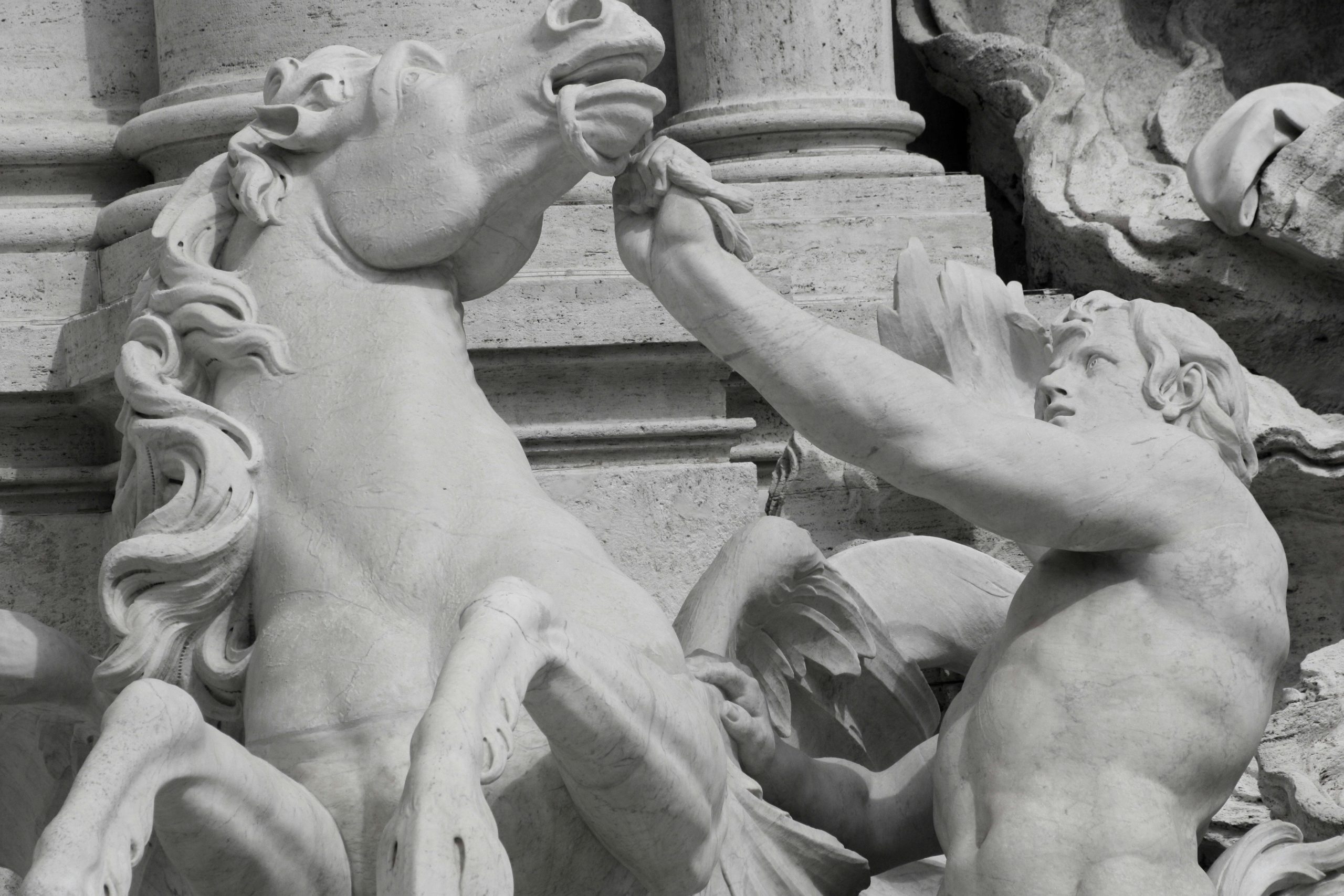Ancient artz stands as a powerful testament to human creativity, spirituality, and cultural evolution. Through its timeless creations, past civilizations communicated their beliefs, values, and stories to future generations. Exploring ancient art allows us to glimpse into the minds and hearts of the people who lived centuries ago, unearthing their visions and their unique relationships with the world around them.
The Timeless Legacy of Ancient Artz
From the murals of ancient Egypt to the sculptures of Greece, art has always been a profound medium for communication. Ancient artworks provide an invaluable archive of human history, culture, and societal evolution. These creations, shaped in a time before modern technology, hold enduring power, inspiring today’s artists, architects, and historians. The timeless legacy of ancient art lives on through its profound influence on contemporary art, philosophy, and design.
What is Ancient Art?
Ancient art refers to the artistic creations produced by early civilizations before the fall of the Roman Empire in the 5th century AD. This includes art from ancient Egypt, Mesopotamia, Greece, Rome, China, India, and Mesoamerica. These works are not merely decorative but are infused with symbolism, religious significance, and representations of political power.
Each ancient civilization contributed distinct styles, techniques, and philosophies to the artistic landscape, creating a rich tapestry that continues to fascinate modern audiences.
Why is Ancient Art Important?
Ancient art offers an irreplaceable window into the past. It reveals much about the people, places, and philosophies of ancient times. By studying ancient art, we gain insight into how these civilizations saw the world, what they valued, and how they expressed themselves. Additionally, ancient art is critical to understanding the evolution of artistic techniques, many of which continue to influence contemporary art practices.
It also serves as an enduring symbol of human innovation and resilience, standing the test of time and surviving wars, natural disasters, and cultural shifts.
The Role of Symbolism in Ancient Art
Symbolism plays a significant role in ancient art, with artists using specific colors, figures, and compositions to convey deeper meanings. Egyptian hieroglyphs, for example, not only depicted daily life but also held spiritual significance. The winged sun disk in Egyptian art, often associated with the god Ra, symbolized divine protection. Similarly, Greek sculptures often represented idealized versions of humans, emphasizing values like beauty, strength, and wisdom.
Through the use of symbolism, ancient artists communicated complex ideas, blending mythology, religion, and philosophy into their works.
Art as a Reflection of Religion and Power
In most ancient societies, art was closely linked to religion and political authority. Temples and palaces were adorned with intricate carvings, sculptures, and murals to display the glory of the gods and the power of rulers.
In Mesopotamia, the famous Ziggurat of Ur was both a place of worship and a symbol of royal authority. The colossal statues of pharaohs in Egypt were not only representations of the individuals but also statements of divine kingship. Greek and Roman temples, adorned with marble sculptures of gods and goddesses, reflected the cultures’ religious beliefs and civic pride.
The Influence of Egyptian Art on Modern Design
Egyptian art, with its precise, symbolic style, has significantly influenced modern design and aesthetics. The use of geometric shapes, symmetry, and vibrant colors seen in ancient Egyptian tomb paintings and architectural designs continues to inspire modern artists and architects. The Art Deco movement of the 1920s and 1930s, for instance, drew heavily from the clean lines and stylized forms of ancient Egypt.
Today, many artists and designers look to Egyptian motifs, such as the ankh, scarabs, and the Eye of Horus, for inspiration in jewelry, fashion, and architecture.
Greek Art: The Birth of Realism
Greek art is often credited with the development of realism in sculpture and painting. Greek artists of the classical period sought to capture the human body in a more naturalistic way, emphasizing proportion, movement, and anatomy. The famous statue of Discobolus (the discus thrower) by Myron is an iconic example of Greek art’s focus on dynamic, realistic human form.
This attention to realism had a profound impact on the art of the Renaissance and continues to influence modern figurative sculpture and painting.
Mesopotamian Art: The Origins of Writing and Architecture
The art of ancient Mesopotamia, home to the world’s first known civilization, is renowned for its innovations in both writing and architecture. The cuneiform script developed by the Sumerians was one of the first writing systems and became an essential tool for recording history, legal codes, and literature.
Mesopotamian architecture, particularly the ziggurats, demonstrated the importance of monumental building as a way to honor the gods and assert political power. The intricate bas-reliefs found in Assyrian palaces depict scenes of warfare, hunting, and rituals, providing a vivid record of Mesopotamian life and beliefs.
The Intricacies of Roman Art and Architecture
Roman art and architecture combined influences from both the Etruscans and the Greeks, yet developed a style all their own. Roman sculpture was particularly focused on realism, with portrait busts of emperors, generals, and philosophers capturing the likeness of their subjects with impressive detail. Roman architecture, with its innovations like the arch, the dome, and the vault, revolutionized building techniques and laid the foundation for much of Western architecture.
Monuments like the Colosseum and the Pantheon still stand today as enduring symbols of Roman ingenuity and artistic achievement.
Indian Art: Spirituality in Every Stroke
Indian art, especially the art of ancient India, is deeply intertwined with religion and spirituality. The intricate carvings of temples and stupas, such as those found at Ajanta and Ellora, tell stories of the Buddha, Hindu deities, and ancient Indian myths. These masterpieces not only serve as places of worship but also as expressions of spiritual devotion.
Indian art is notable for its use of detailed ornamentation, vibrant colors, and symbolism, with each element representing different aspects of religious and philosophical thought.
Chinese Art: The Harmony of Nature and Humanity
Ancient Chinese art, influenced by Confucian, Taoist, and Buddhist philosophies, often reflects the harmonious relationship between humanity and nature. Landscape painting became a significant art form, with artists like Guo Xi and Fan Kuan using ink and brush to create evocative scenes that conveyed both the beauty of nature and the spiritual ideals of balance and tranquility.
Chinese calligraphy, another vital art form, blends visual art and literary expression, where the brush strokes themselves carry both aesthetic and philosophical significance.
Pre-Columbian Art: The Grandeur of Mesoamerica
Pre-Columbian civilizations such as the Maya, Aztec, and Inca produced some of the most remarkable art of the ancient world. From the towering pyramids of Teotihuacan to the intricate gold and jade sculptures of the Inca, Pre-Columbian art is characterized by its monumental scale and deep connection to religious practices.
Mesoamerican art often depicted gods, myths, and rituals, with an emphasis on death and rebirth, as seen in the Day of the Dead celebrations that continue today.
The Influence of Ancient Art on Modern Society
The legacy of ancient art is visible throughout modern culture. From the neoclassical architecture of government buildings to the revival of ancient motifs in fashion and jewelry, ancient art continues to inspire contemporary creativity. Modern art movements, such as surrealism and abstraction, often draw on ancient myths and symbols, using them to explore universal human experiences.
Ancient art has also influenced how we think about history, identity, and the role of the artist in society. It serves as a reminder of the enduring power of creativity to transcend time and space.
FAQs
What makes ancient art timeless?
Ancient art is timeless because of its deep cultural significance, symbolic meaning, and enduring beauty. These works have influenced countless generations and continue to inspire modern art, design, and architecture.
How did ancient artists convey complex ideas?
Ancient artists used symbolism, allegory, and stylized forms to convey complex ideas about religion, politics, and philosophy. For example, Egyptian art often used specific colors and shapes to represent divine power and the afterlife.
Why is the study of ancient art important today?
Studying ancient art helps us understand the values, beliefs, and technological achievements of early civilizations. It also reveals how these cultures shaped modern society and continue to influence contemporary art and design.
How did religion influence ancient art?
In many ancient societies, art was used to honor the gods, depict religious myths, and convey the authority of rulers. Temples, tombs, and sculptures were often designed as expressions of devotion and power.
What materials did ancient artists use?
Ancient artists used a wide variety of materials, including stone, clay, metal, wood, and pigments. These materials were often chosen for their symbolic meanings as well as their durability.
How has ancient art influenced modern architecture?
Ancient architectural styles, such as Greek columns and Roman arches, have heavily influenced modern architecture. These ancient designs are still visible in government buildings, museums, and public monuments today.
Conclusion
Ancient art is not merely a relic of the past but a living tradition that continues to shape our present and future. By studying the timeless legacy of ancient art, we gain a deeper appreciation for the creativity, spirituality, and resilience of early civilizations. These works of art, crafted with precision and purpose, remind us of our shared humanity and our enduring desire to leave a lasting mark on the world.











